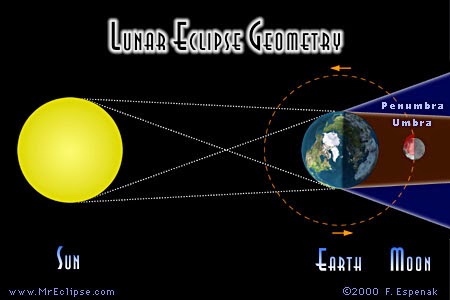If you're already a meteor shower buff, you're familiar with the classics...the Perseids in August...the Geminids in December...sometimes the Leonids in November can put on one heck of a show. But May is not usually a great time for meteors.
Hold on to your hat...we're hoping the May Camelopardalids will change all that.
If you're not a meteor shower buff, maybe you'd like a bit of an introduction. Allow me!
Most of us have seen, or heard of, a shooting star. Shooting stars have nothing to do with actual stars. A shooting star is really a piece of rock entering the Earth's atmosphere from the vacuum of space. When it does, the air of the Earth rubs against the rock. As you might imagine, the rock heats up...and so does the air. The streak of light across the sky that we call a meteor or a shooting star is actually glowing, superheated air left behind as the rock whips by. If any part of the rock makes it to the ground, we call it a meteorite. Such rocks are amazing finds and tell us a great deal about our solar system.
 |
| A bright meteor streaks across the sky over Texas. This particular rock exploded, causing what is called a bolide - a very bright explosive flash. Image courtesy the Astronomy Picture of the Day. |
You can see a meteor on any clear night...if you're looking in the right place at the right time. About 10 tons of material hits the Earth's atmosphere every day...but most of those rocks are the size of grains of sand. They are destroyed on their way in without producing a meteor. The ones we see are bigger...usually at least the size of a pea or larger. They can come from anywhere, moving in any direction. We call these sporadic meteors, because they can come from anywhere, anytime.
A meteor shower on the other hand, is a regular, predictable bunch of meteors that all seem to come from the same part of the sky. This part of the sky is called the radiant of the shower...and the name of the meteor shower comes from the name of the constellation where the radiant is located. So the August Perseids seems to come from the constellation Perseus...the November Leonids seem to come from the constellation Leo...you get the idea. All these meteors seem to come from the same place and happen at the same time because the Earth is actually moving through a whole bunch of material left behind by the passage of a comet.
Comets have long tails produced when the heat of the Sun warms up the ice a comet is made of and turns it to gas. Comets can be pretty dusty, dirty objects...so when the ice gets turned to gas, all the dust and rock trapped in the ice is also released and left behind along the orbit of the comet. If the Earth passes through this cloud of crud left behind...bam, you get a meteor shower as all those bits slam into the Earth's atmosphere.
 |
| Comet McNaught. Note the big, messy tail. All of that may be future meteor material. Image courtesy NASA. |
The comet debris that's causing all the fuss this May is a comet named 209P/LINEAR. It's not a bright comet, and you can't see it tonight. It orbits the Sun once about every 5 years, so it's shed lots of material over time. Scientists think we're about to pass through a particularly dense patch of 209P/LINEAR material...TONIGHT!
That's right...tonight! Overnight tonight, we might just have a spectacular new meteor shower. Or...we might have a total dud. The only way to know is to be outside tonight watching the sky. There's a small chance this new shower might even be a meteor storm - when so many meteors streak across the sky at once that you can see multiple meteors every second! By comparison, a really good meteor shower produces a few tens of meteors per hour. So this could be the event of a lifetime!
Here's what to do to check out the May Camelopardalids:
- Go to bed early. The best time to be outside for the meteors will be 1 - 3 AM early Saturday morning (on the East Coast of the U.S.) so you'll want to be ready to be awake in the middle of the night.
- Find the darkest sky you can. If nothing else, make sure your house lights are all off, and ask your neighbors to turn off any outside lights they have. The darker your sky, the more meteors you will see.
- Put the Big Dipper to your back. The meteors will be coming from the constellation Camelopardalis the Giraffe, a very faint constellation in the Northern sky. They will get brighter as they move away from the Giraffe, so putting North to your back will likely give you a better chance to see some meteors.
- Don't bother with a telescope or binoculars. Meteors are easiest to see with the unaided eye!
- Dress as if it is 10-20 degrees cooler than it actually is. You'll get cold really fast just standing still looking up.
- If you plan to watch a long time, bring a lawn chair out with you. Especially something that reclines, so you can look up without straining your neck or back.
Here's hoping for a massive meteor storm!
Either way...
Carpe noctem!
Kelly





















